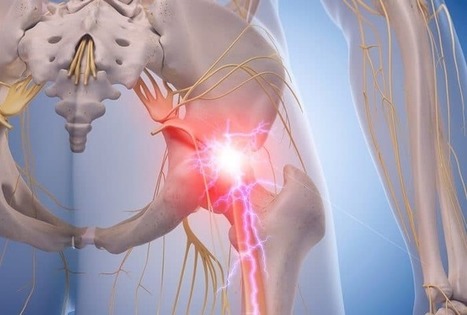The piriformis muscle extends to the top of the femur around the sciatic nerve. The femur, as previously mentioned, is the large bone in the upper leg. The piriformis muscle functions by helping the thigh move from side to side. A piriformis muscle spasm, or any other type of injury and/or condition along the piriformis muscle, can place pressure on the sciatic nerve and cause pain and discomfort. The result is piriformis syndrome.
Piriformis Syndrome Causes and Symptoms
Sciatic nerve pain, or sciatica, is one of the most prevalent symptoms of piriformis syndrome. The pain and discomfort, however, may be felt in another part of the body. This is known as referred pain. Other common symptoms of piriformis syndrome include tingling sensations and numbness; tenderness; difficulty sitting along with pain while sitting and pain in the buttocks and thighs with physical activities.
The piriformis muscle can easily become damaged or injured from periods of inactivity or an excessive amount of exercise. Some common causes of piriformis syndrome include overuse; repetitive movements involving the legs; sitting for lengthy periods of time; lifting heavy objects; and extensive stair climbing. Sports injuries or automobile accident injuries can also harm the piriformis muscle and cause it to compress the sciatic nerve.



 Your new post is loading...
Your new post is loading...









Sciatica is a collection of symptoms in the low back, which radiate down one or both legs. Sciatica is generally caused by the compression or irritation of the sciatic nerve, the largest nerve in the human body. One of the most common health issues that cause sciatic nerve pain is called piriformis syndrome. The piriformis muscle stretches from the front of the sacrum, the bone between the hipbones on the pelvis. For more information, please feel free to ask Dr. Jimenez or contact us at (915) 850-0900.